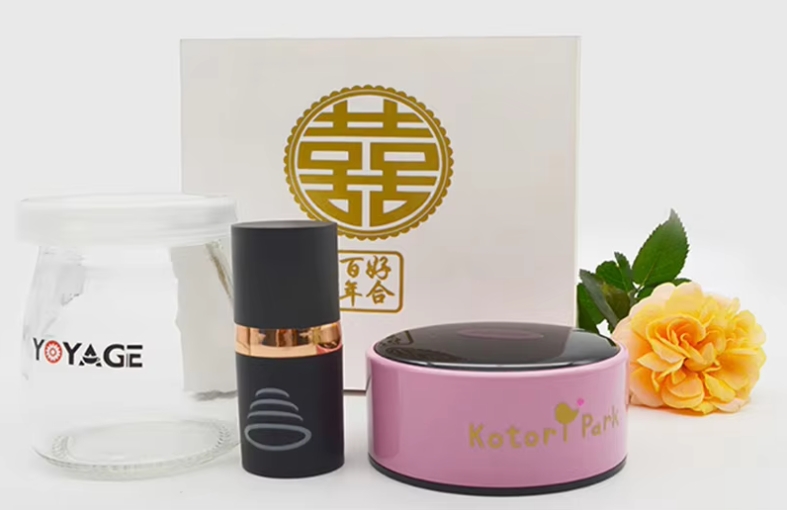The Differences Between UV DTF Printing and Hot Stamping Foil
Understanding the Differences Between UV DTF Printing and Hot Stamping Foil: A Comprehensive Overview
In the rapidly evolving world of printing technology, two innovative techniques have gained significant attention for their unique capabilities and applications: UV DTF (Direct-to-Film) Printing and Hot Stamping Foil. While both methods offer distinct advantages, they cater to different needs and industries. This article aims to shed light on the key differences between these two printing processes, helping businesses and creative professionals make informed decisions.

1. Process and Technology
UV DTF Printing is a cutting-edge technique that combines UV (ultraviolet) curing technology with DTF (Direct-to-Film) printing. This process involves printing UV ink onto a special transfer film, which is then cured using UV light. The printed image is subsequently transferred onto the final substrate, such as plastic, glass, or metal. UV DTF printing is known for its ability to produce high-resolution prints with vibrant colors and exceptional durability. The UV curing process ensures that the ink dries quickly and adheres strongly to the surface, making it suitable for a wide range of applications, including promotional items, personalized products, and industrial components.
Hot Stamping Foil, on the other hand, is a traditional yet highly effective printing method that relies on heat and pressure to transfer metallic or pigmented foils onto various substrates. The process involves using a heated die to press the foil onto the material, creating a raised, metallic effect. Hot Stamping Foil is particularly popular for its luxurious appearance and tactile feel, making it a preferred choice for high-end packaging, book covers, and promotional materials. The foil used in this process is typically made from materials like aluminum or other metals, which give it a distinctive shine and durability.
2. Visual Effects and Aesthetics
One of the most noticeable differences between UV DTF Printing and Hot Stamping Foil lies in their visual effects. UV DTF Printing excels in producing detailed, full-color images with a high level of clarity and precision. The UV-cured ink creates a smooth, durable surface that can withstand wear and tear, making it ideal for applications that require both visual appeal and durability.
In contrast, Hot Stamping Foil is renowned for its metallic sheen and three-dimensional appearance. The foil creates a luxurious, tactile effect that adds a premium touch to any product. This process is particularly effective for creating eye-catching logos, titles, and decorative elements on packaging and promotional materials. The metallic finish of hot stamping foil can elevate the perceived value of a product, making it a popular choice for high-end applications.
3. Application and Versatility
UV DTF Printing is highly versatile and can be applied to a wide range of materials, including rigid and curved surfaces. This makes it suitable for printing on items such as phone cases, mugs, trophies, and even automotive parts. The ability to print complex designs and full-color images on various substrates gives UV DTF Printing a significant advantage in industries that require customization and personalization.
Hot Stamping Foil, while less versatile in terms of material compatibility, excels in applications where a metallic finish is desired. It is commonly used on paper, cardboard, and plastic materials, making it a staple in the packaging and printing industries. Hot Stamping Foil is particularly effective for creating high-end packaging solutions, such as luxury cosmetics boxes, book covers, and gift packaging. The process can also be combined with other printing techniques, such as UV DTF Printing, to create multi-layered, visually stunning effects.
4. Cost and Efficiency
When it comes to cost, UV DTF Printing and Hot Stamping Foil have different considerations. UV DTF Printing is generally more cost-effective for small to medium production runs, as it requires less setup time and fewer materials. The UV curing process also allows for faster production times, making it suitable for high-volume orders.
Hot Stamping Foil, however, can be more expensive due to the specialized equipment and materials required. The process involves creating custom dies for each design, which can add to the initial setup costs. However, for high-end applications where a premium finish is essential, the investment in Hot Stamping Foil can pay off in terms of perceived value and customer satisfaction.
5. Conclusion
In conclusion, UV DTF Printing and Hot Stamping Foil each offer unique benefits and are suited to different applications. UV DTF Printing is ideal for businesses and industries that require high-resolution, full-color prints on a variety of materials. Its versatility and cost-effectiveness make it a popular choice for personalized products, promotional items, and industrial applications.
Hot Stamping Foil, with its luxurious metallic finish and tactile appeal, is perfect for applications where a premium touch is essential. It is particularly effective in the packaging and printing industries, where a high-end appearance can significantly impact consumer perception.
Understanding the differences between these two printing techniques can help businesses and creative professionals choose the right method for their specific needs, ensuring that their products stand out in a competitive market.
